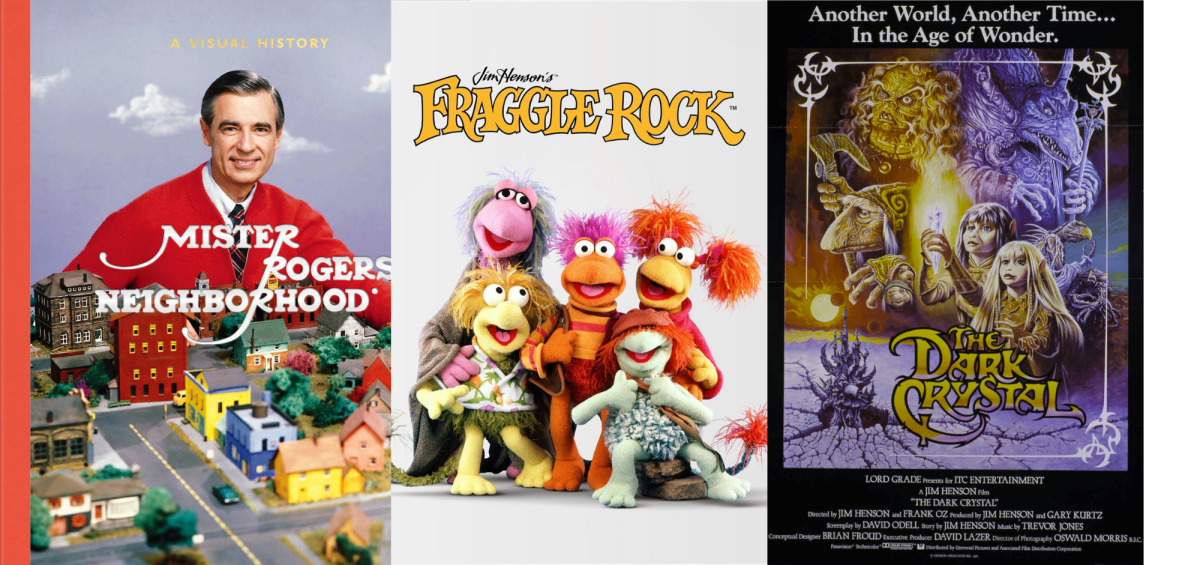This review has been on my mind for awhile, since early sophomore year, but has yet to come to fruition for a variety of reasons. Perhaps most notably, Oscar Wilde’s novel masterpiece is hard to evaluate — and maybe shouldn’t be evaluated — without understanding the broader historical context in which it was written.
To some extent, all art needs context to be appreciated and understood, but for “The Picture of Dorian Gray,” much of its power comes from its subtext — a larger understanding of what it represents and who its author was.
Wilde is remembered for his art (his many poems, “The Importance of Being Earnest,” and of course “The Picture of Dorian Gray”); he is also remembered for his larger than life persona (characterized by his extravagant presentation and unflinching drama). His contemporary legacy, however, is less about his art than it is about him. Wilde is a politically interesting individual, representing the complex intersection of being the oppressed and being the oppressor at the same time.
Wilde was Irish in a time where English political authority demonized non-English identity. Further, Wilde was proud of his identity as an Irishmen, and dared to not be ashamed of himself. Wilde was also daring in his flamboyance, and the lack of pretense surrounding his sexuality. It’s not hard to look back now and recognize Wilde as being queer even before his public trial for homosexuality. And it’s not hard to look at Wilde’s work and understand the implications of what he is writing.
The most common version (and the version I’ve read) of “The Picture of Dorian Gray” was edited to remove the more obvious subtleties within his work, hoping the queerness would be missed by audiences, or at least by a non-queer audience.

“The Picture of Dorian Gray” is the story of one young man’s beauty, another man’s vanity, and the corruption it creates. Dorian Gray is a beautiful young man, posing for a portrait by artist Basil Hallward (who appears to be in love with, or at least infatuated with Dorian). During one of these painting sessions, a friend of Hallward’s, Lord Henry Wotton visits and comments on Dorian’s beauty — remarking how tragic it will be when this earthly perfection fades and Dorian ages. Preoccupied by the fear that he will become ugly, Dorian makes a faustian deal, having his portrait age and bear the physical marks of his mistakes in his place. What follows is Dorian’s slow corruption, the breakdown of his morality in the face of attention, and his increasing obsession with retaining his youth.
It is a moving reminder of the ripples of actions. Time and time again, the story shows individuals do not solely affect themselves; life does not exist in a vacuum, and there is no way to control who is affected by another’s mistake. One must not only be conscious of their actions, but conscientious of them: intention does not negate responsibility.
On a more intimate level, “The Picture of Dorian Gray” is an exploration of the web of relationships between Dorian, Hallward, and Wotton, and to some extent, an exploration of Wilde’s own relationship with Lord Alfred Bruce Douglas.
This trio is a warning to not mix love with idolatry, but is also a look at the obsession that emerges in the face of suppression.
Dorian, Hallward, and Wotton are all written through a queer lens. Though their sexuality is never made explicit, many of their conversations and actions hint at an affection deemed deviant by society. They are completely entangled with one another because they do not have the safety of being accepted elsewhere. They are deity and devotee at once, slowly ruining one another while being unable to pull away.
None of these characters are shown to truly love each other so much as they love what they each represent — whether it be the talent, beauty, or power society seeks to deny.
This is also the perfect way to summarize many contemporary queer artists’ relationship with Wilde. Wilde was a flawed individual then, and would be an even more flawed individual now. Wilde is also a representation of the power, beauty, and talent of one man to tell stories in the face of ostracization — stories that stick around today.
9.5/10 would make a deal with the devil again
Further breakdown:
Writing Quality: 10/10 Enjoyability: 10/10
Pace: 9/10 Visual elements: NA
Plot development: 9/10 Insightfulness: 9/10
Characters: 10/10
A few of my favorite Oscar Wilde quotes:
- “A dreamer is one who can only find his way by moonlight, and his punishment is that he sees the dawn before the rest of the world.”
- “The books that the world calls immoral are books that show the world its own shame.”
- “Our ambition should be to rule ourselves, the true kingdom for each one of us; and true progress is to know more, and be more, and to do more.”







